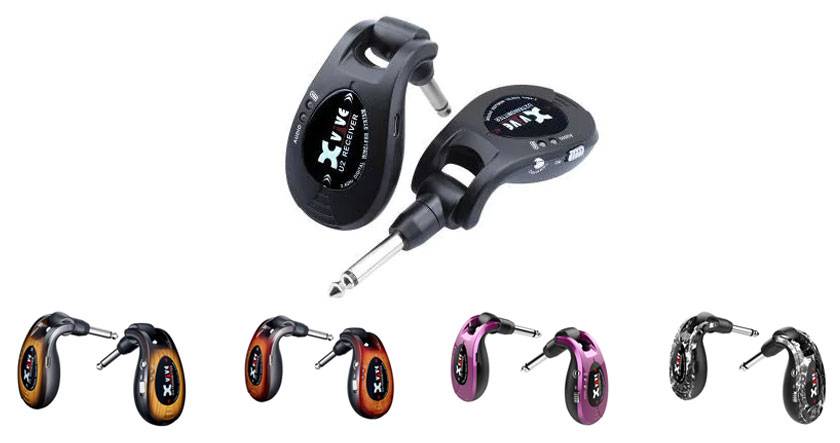
This time I would like to share my honest impression of the Xvive/ XV-U2.
I play guitar only as a hobby, but back in the day I used to go wild at live houses and now recently I am devoting my time to working on a lot of computer music. The reason I ended up purchasing the XV-U2 was because I was hoping I could use it effectively in my productions.
I want to record guitar parts without the stress of cables!
This is the reason. I usually enjoy creating music in a small space, but when I record guitar or bass lines in such a space, the cables are a hassle. I wanted to try the XV-U2 as an experiment to see if it improves this issue.
■ Opening the Box

Now, it's time to open the package. I am always excited when I purchase new equipment.

A heavy-looking box came out of the box. It looks so cool that I want to keep it just for this.

The contents are very simple. There is a manual in English and Japanese, a transmitter/receiver, and a USB cable for charging. This time, I chose the orthodox black color from among the many color variations.
■ Settings

Guitar part

Audio interface side
The setup itself is very simple. Plug the transmitter into the guitar side and the receiver into the amplifier side (in this case, this is the audio interface for line recording).

Turn on the power and double-click the channel selection button (red circle in the image) to set the channels to the same channel.
■ Start Recording Parts!
Now that everything is ready, it's time to get down to business!
First of all, let's see if it responds to wireless without any problems,

No problem! The DAW software I’m using this time can capture the guitar signal without any problem, just like when it is connected with a wired connection.
The DAW software used this time is CUBASE 11, and the sound source started up in the screen for guitar sound creation is IK MULTIMEDIA's AmpliTube 4. If you are interested, go check it out!

As a wireless beginner, my biggest concern was whether or not there would be any delays compared to wired systems, but my fears were unfounded. I played a simple guitar phrase in time with the clicks on the DAW…

I was able to record the phrase in real time in accordance with the measure! By the way, the above data was not quantized (timing adjustment) at all. The slight discrepancies are not due to the wireless, but to my guitar playing technique. I’m working on it.

When recording a part, the latency is greatly affected by the buffer size of the DAW, so set the buffer size low. I set it to 128 or lower because I play with the assumption of quantize adjustment, but some professional players seem to set it to a lower size because they are concerned about sensitivity.
■ Additional Info
In addition to the above, there are some other things I liked about the XV-U2 that I would like to add at the end.

With the one-port USB port, I was able to charge both the receiver and transmitter at the same time. This is a small thing, but as someone who is concerned about space, I was happy to see this.
■ Overall Impression
One sentence: “Very good.”
The sound quality degradation and latency that I was concerned about were hardly noticeable, and I was able to play just as I did with the wired cable without feeling any cable stress. I am sure I will continue to use it in the future. I wish I had installed this a little earlier.
By the way, one of the reasons I had not bought a wireless guitar player before was that I had an image of expensive equipment costing more than 100,000 yen from a long time ago, and I could not take the plunge. However, the XV-U2 I bought this time was relatively reasonable and I heard that it had a good reputation from those around me, so I decided to purchase it. I really feel that we live in a better era.
This time, I verified the XV-U2 using line recording, but of course I recommend it for home practice and rehearsal, so if you are interested, please check more information on this item.






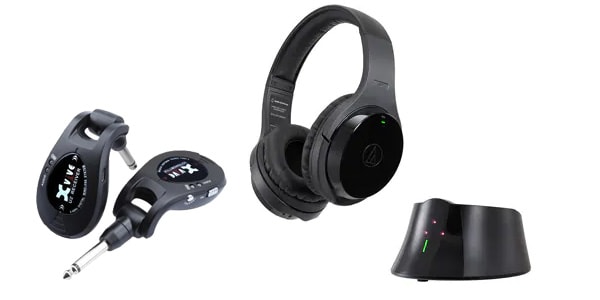
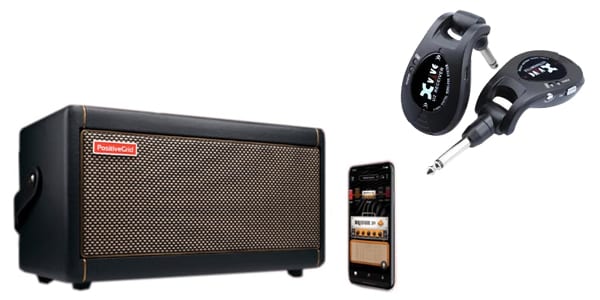
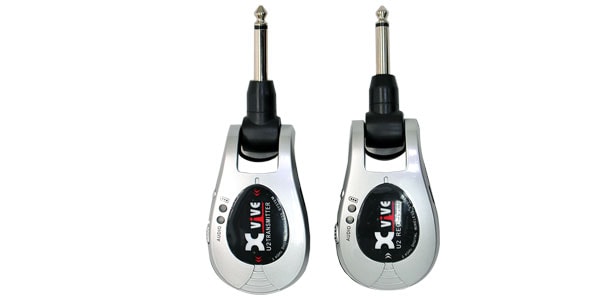
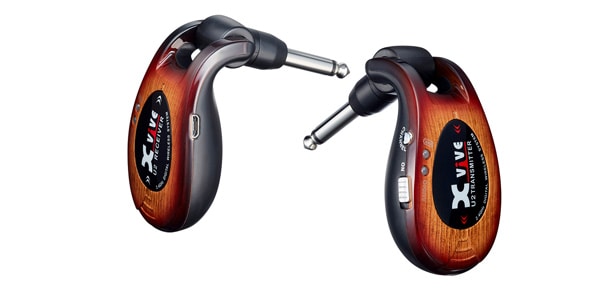
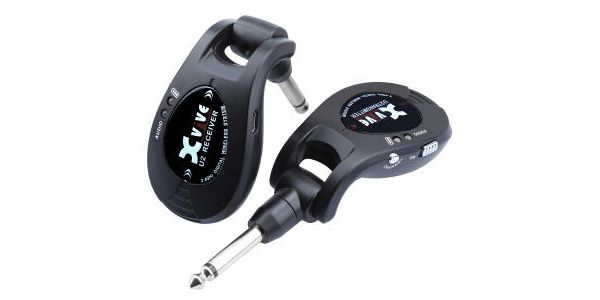
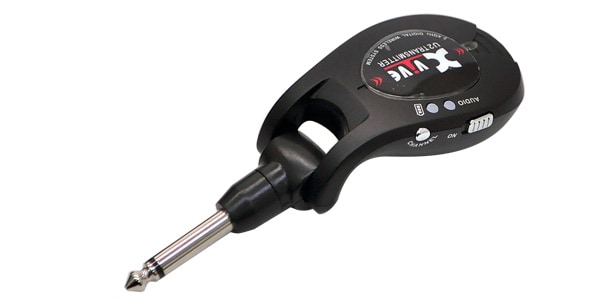
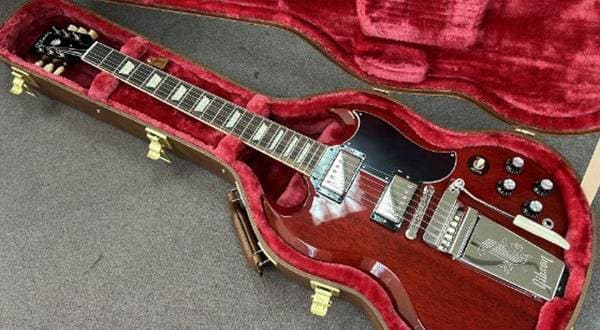
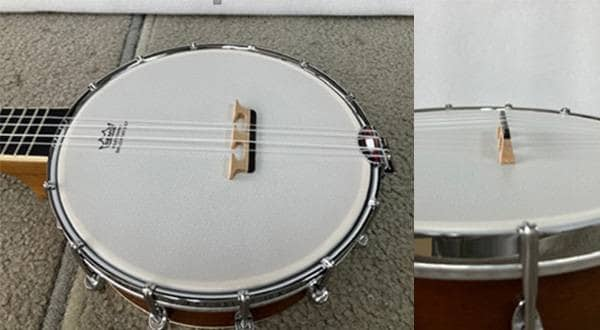

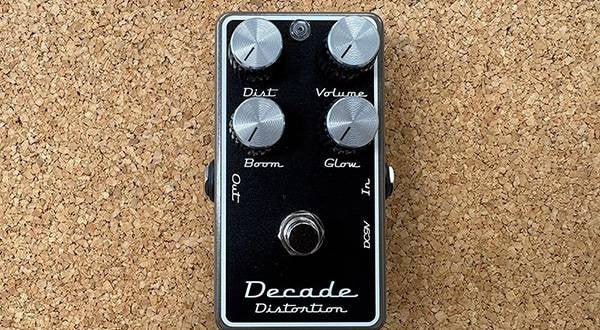
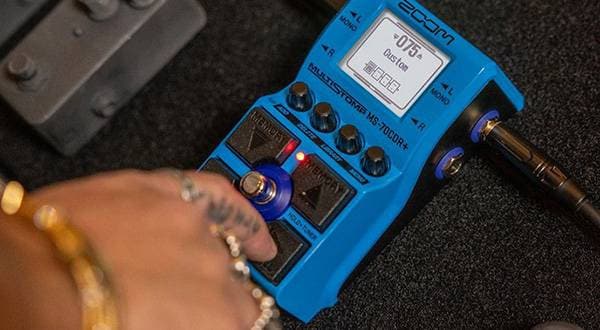
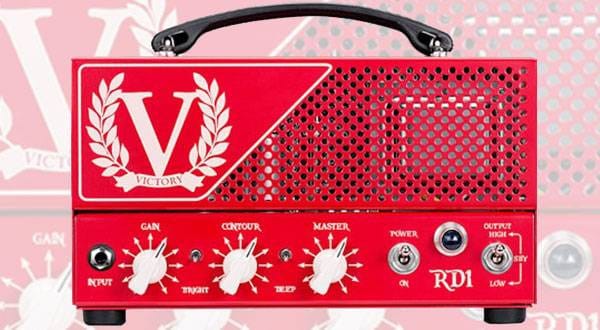
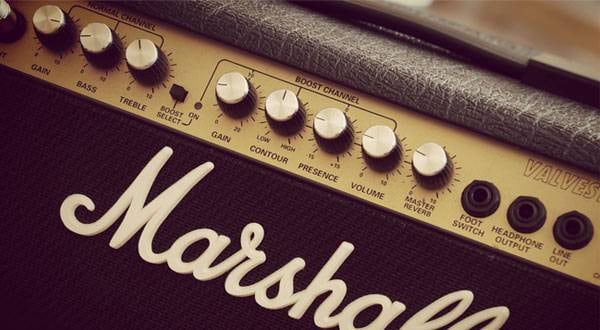
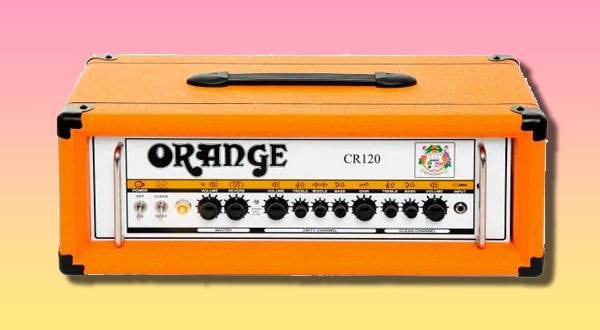
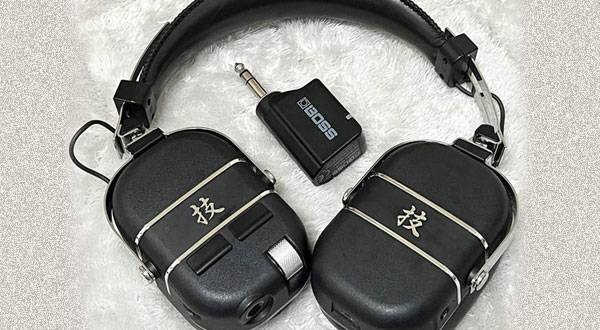
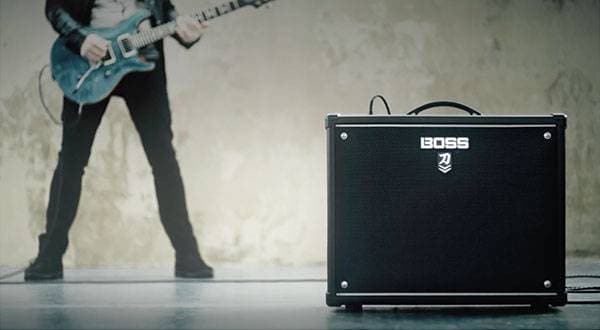
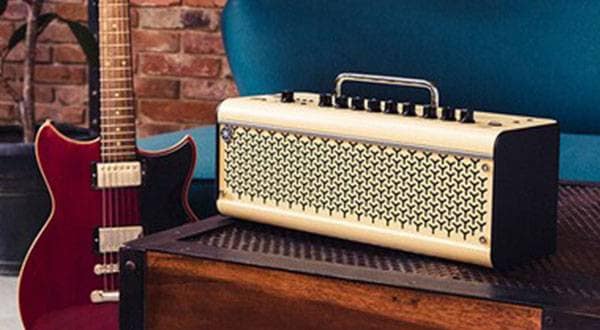
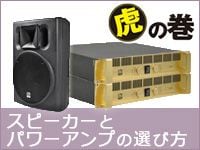 スピーカーとパワーアンプの選び方
スピーカーとパワーアンプの選び方
 超オススメのフレーズ道場 ギター
超オススメのフレーズ道場 ギター
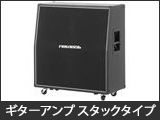 ギターアンプ スタックタイプ編
ギターアンプ スタックタイプ編
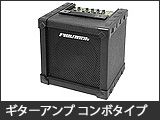 ギターアンプ コンボタイプ編
ギターアンプ コンボタイプ編
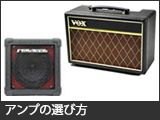 アンプの選び方
アンプの選び方















